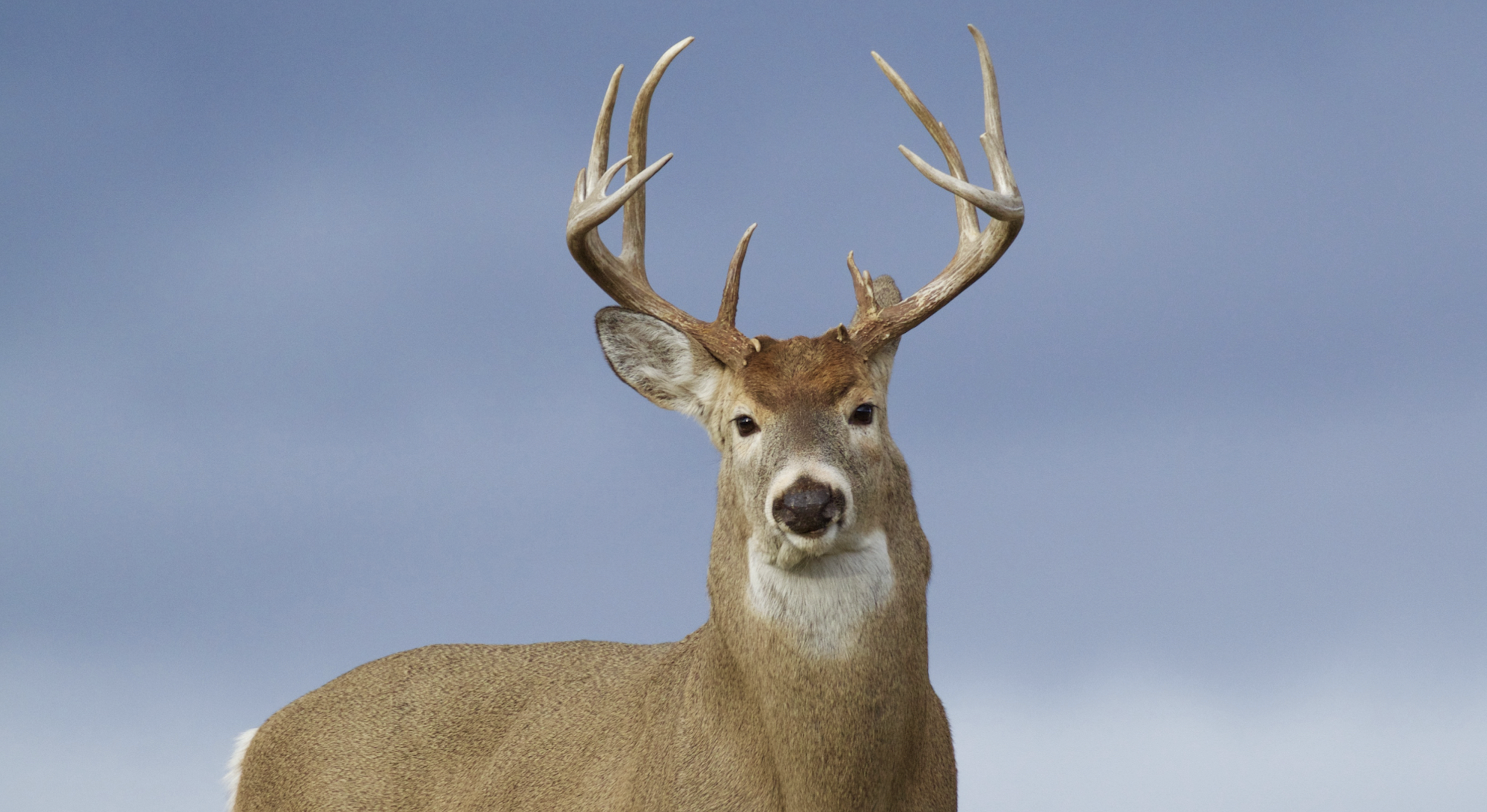More than 12 million Americans a year hunt recreationally on public and private property. Whether they prize big game, small game, migratory birds or other species, they’re out on the land for their health, their heritage, the thrill of the chase, the camaraderie, and many other reasons. Woodland owners are privileged to have a gateway to the places these game call home. There are actions that you can take on your land to help improve wildlife habitat and attract more of these species to your land.
Find out if you qualify for a free visit from a forest professional or funding programs to help improve wildlife habitat on your land, locate your property on the woodscamp.com/map and get your free woodland report.

Salem Saloom (National Outstanding Tree Farmers of the Year 2010) has been hunting his Conecuh County, Alabama property since 1983, primarily for wild turkeys and white-tailed deer. “We enjoy trying to make this property better every year through good management. Hunting is a big part of that.” says Saloom.
Saloom Properties hosts a small hunting club and funnels the income raised through its hunting lease back into property. Saloom is working to restore the longleaf pine forest ecosystem and improve wildlife habitat for deer, turkey, bobwhite quail and the threatened gopher tortoise, among other conservation efforts.
“It’s the hunters who are practicing the really good stewardship. It’s the hunters who want to improve their plot of land and their forest,” he says.
When it comes to creating an ideal habitat for white-tailed deer, the three factors you have the most control over are food, cover and water. Use the strategies listed below to make your woodland a more attractive place for deer to call home.
1.FOOD
The first thing many landowners do to attract deer is to plant food pots and establish feeders. While these can be part of a successful management strategy, they are relatively expensive and intensive tools. Instead, consider managing natural vegetation to attract deer, rather than sacrificing time, money and productive acreage to food plots and feeders.
Managing natural vegetation: The following woodland management activities can help to meet the needs of white-tailed deer:
- Discing: Disturbing the soil through shallow tillage (also known as “discing”) stimulates the growth of native grasses and forbs, and the resprouting of many woody species. It also helps control brush.
- Mowing: Mowing should go hand-in-hand with discing. Concentrate on edge roads, fire breaks and old fields to remove old-growth grasses and disperse seeds.
- Thinning: Reducing tree density in the woods can greatly increase the availability of browse by allowing sunlight to reach the forest floor. It also allows the trees you leave behind to grow better. Concentrate on removing undesirable tree species to allow desirable deer browse such as blackberry, honeysuckle, poison ivy, grape and young oak species to take hold.
- Creating openings: About 10 percent of your forest acreage should consist of openings. Create them by clear-cutting one- to five-acre.
- Prescribed Burning: One of the most common tools for managing deer habitat, controlled burns diversify vegetation, stimulate the growth of desirable food plants, including browse and forbs, improves nutritional quality and palatability of plants, as well as making them more accessibility. It also helps control brush.
- Managing for mast: Removing undesirable trees, and cultivating and planting mast-producing trees can all help nourish and attract wildlife. Ideally, 20 to 30 percent of your woodland should consist of these fruit- and nut-bearing trees. Deer love acorns, especially from white oaks, beech, chestnut and hickory. Soft mast from persimmon, crabapple, honey locusts, sumacs as well as domestic apple and pear trees will also attract deer.
2.Water
Deer maintain much of the water they need to survive from the foods they consume, but they will also drink free water from ponds, creeks, river and springs.
3.Cover
Cover protects deer from predators and the elements while they’re bedding, feeding, loafing or travelling. Generally, white-tailed deer prefer wooded areas intermixed with openings. So areas without woody vegetation are not ideal, nor are wooded areas completely covered with timber.
You can find more information on our original article on MyLandPlan site, here and here.




We want to hear from you.